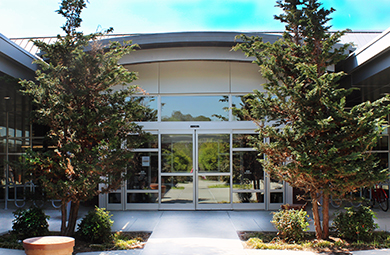
17 February 2021
Marketing in the public library and the public library as "third place" in the community
You might find it interesting to read about this particular public library.
Is it really about the coffee? "Third place" is a term coined by sociologist Ray Oldenburg to describe informal gathering places where people in a particular community or neighborhood meet to develop friendships, discuss issues, and interact or network with others. They have always been an important way in which the community has developed and retained cohesion and a sense of identity.
"Third places" are crucial to a community for a number of reasons:
According to Oldenburg, World War II marks the historical juncture after which informal public life began to decline in North America. Old neighborhoods and their cafes, pubs, and corner stores have fallen to urban renewal, highway expansion, and planning that discounts the importance of congenial, unified and vital neighborhoods. The newer neighborhoods have developed under the single-use zoning imperative - which makes these critical, informal social gathering places impossible to construct. Hence, the death of the third place.

Marketing in the public library and the public library as "third place" in the community
You might find it interesting to read about this particular public library.